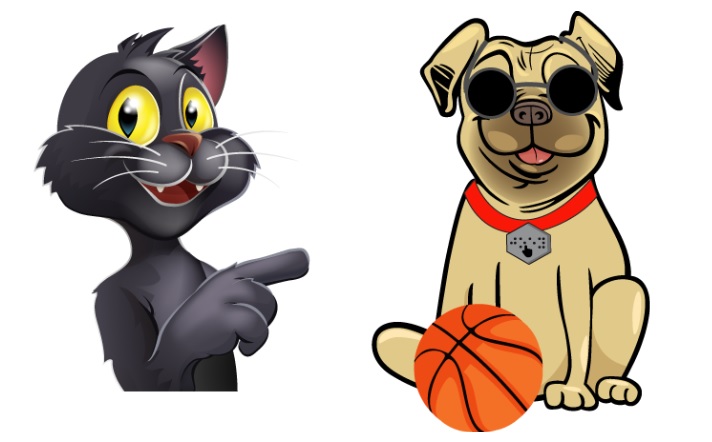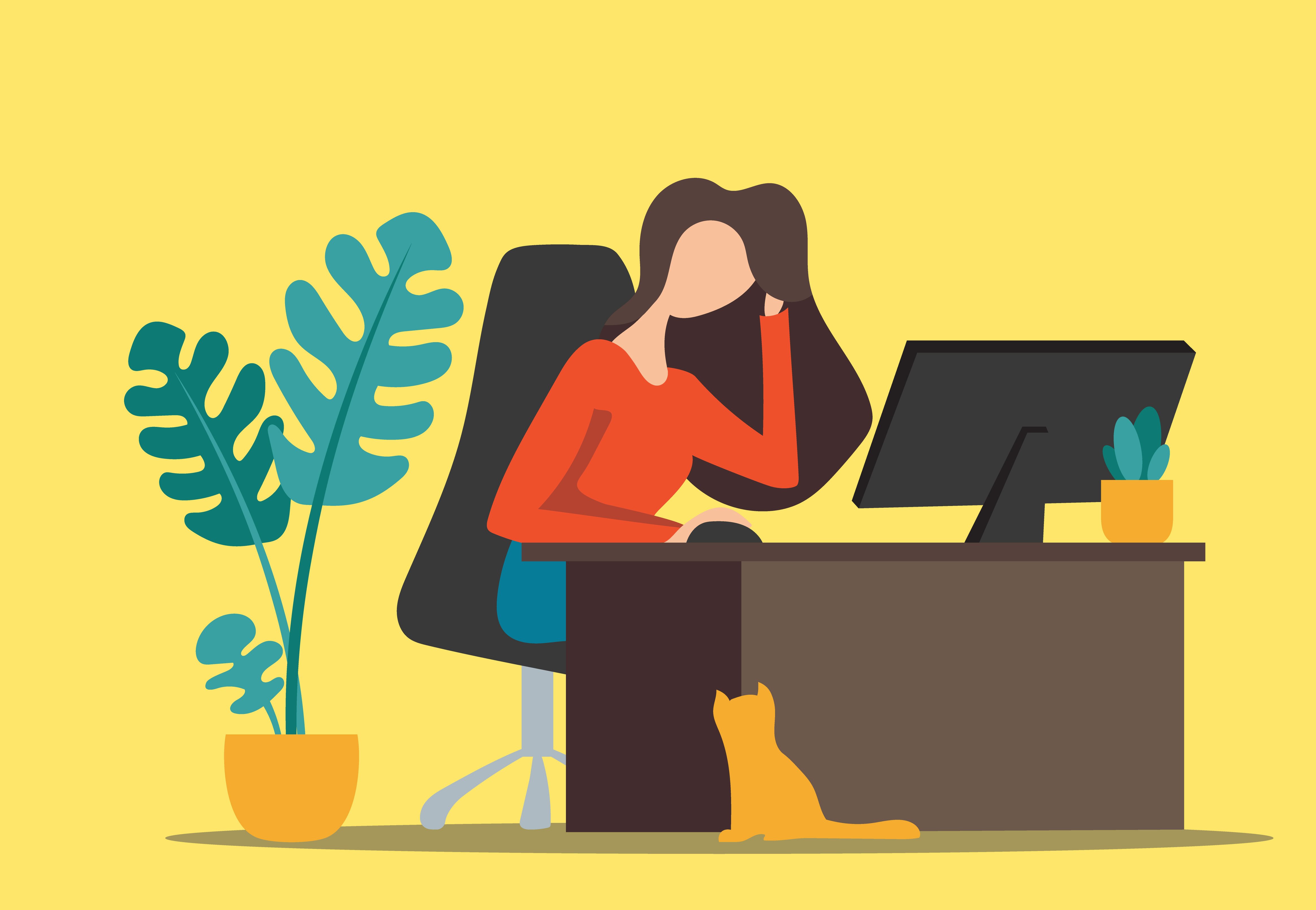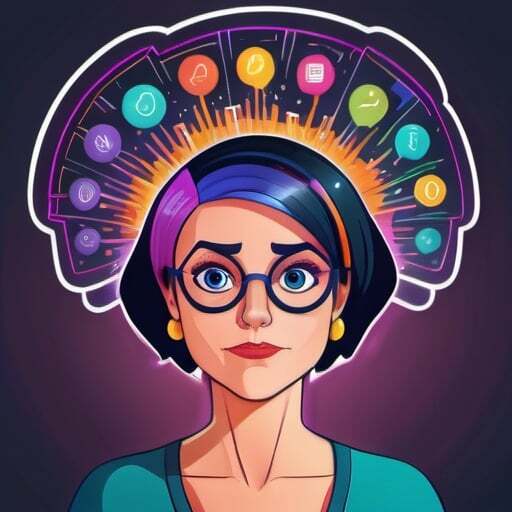Digital Accessibility Makes Inclusion Actionable
 Caption: Duke is hearing impaired and his best friend is Joey. Joey is blind and he loves to play basketball with his best friend Duke.
Caption: Duke is hearing impaired and his best friend is Joey. Joey is blind and he loves to play basketball with his best friend Duke.
From our first breath, we begin to have awareness of our differences from other people - our parents, our siblings, our cousins. After all, one of our main purposes in life is to connect. Connection means survival, and it is at the core of our existence.
What many of us are not taught is the how. We know we want to connect and include others, but our differences at times can feel so overwhelming that we become frozen in our own fear. We fear that we won’t connect correctly, that we will fail, or that we will not be enough. We fear that we will not have enough resources, or that we will be rejected for not engaging properly.
We understand the value of inclusion, of connection and equal access to valuable resources. The question is, what steps do we need to take in order to turn understanding into action?
Thinking back on the first time I showed up to a Special Olympics basketball practice to help coach, I remember the fear and confusion I felt. How do I teach blind athletes to shoot at a basket, or pass the ball to another teammate who is visually impaired? How do we teach a visually impaired athlete to alert a deaf athlete that they are open? How can we include an athlete that has a cognitive impairment and is not engaging in play? It seemed like an impossible task, and I had no idea how to go about it. It all felt too big...until I learned how!
Now imagine a promotional video produced for the website of a new local store opening up. As the video begins, the audience hears an early 1900’s soundtrack associated with some text and other visuals. As the video progresses, the store’s opening invitation is spoken along with the store location and hours. The video’s producers are hoping through their choice of music to convey that even though their store looks modern, it still embraces old-time customer service and values.
So how can we, as developers of digital content, ensure that our full message is conveyed to everyone?
For the blind and visually impaired, audio description of the visuals is key to their experience with the video. For the deaf and hearing-impaired, closed captioning is essential to their full understanding. Some cognitively impaired individuals will benefit from both the audio description and closed captioning. In addition, this type of video might be impossible for some consumers to perceive or interpret. For some individuals, like those who are both deaf and blind or those with sensory processing challenges, the audio description and closed captioning will not be enough or will be too overwhelming. Providing the audience with the option to read a written transcript is imperative. Exclusion can mean losing a potentially valuable customer, worker, neighbor, friend or fellow citizen. This is the root of why digital accessibility is so important - it removes the barriers that prevent interaction with, or access to, websites or applications by people with disabilities.
Accessibility matters. By elevating digital accessibility, you transform lives by fostering inclusion and understanding, and transform your business through the new connections you create.
Ultranauts is on a mission to demonstrate that neurodiversity is a competitive advantage for business. Our accessibility services help your design and development teams build critical skills to amplify digital accessibility and catalyze inclusion. In the Inclusive EnterpriseTM program, Ultranauts provides high-impact guidance to help companies achieve inclusion at scale - by customizing, monitoring, and continually improving Inclusive Practices to enhance performance. By cultivating a Universal Workplace, everyone can thrive. The company also provides software quality assurance services, data ecosystem integration and data quality services, and accessibility testing, training, and developer support.

